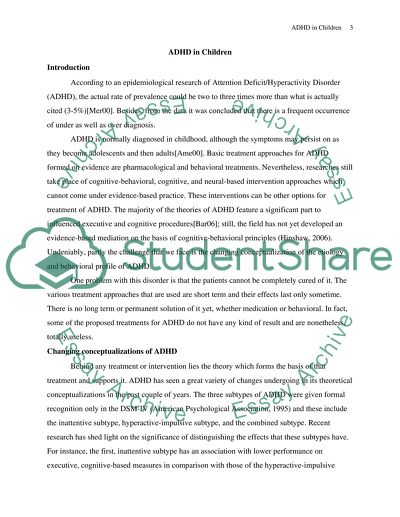Cite this document
(“ADHD in Children Research Paper Example | Topics and Well Written Essays - 4000 words”, n.d.)
Retrieved from https://studentshare.org/psychology/1395368-adhd-in-children
Retrieved from https://studentshare.org/psychology/1395368-adhd-in-children
(ADHD in Children Research Paper Example | Topics and Well Written Essays - 4000 Words)
https://studentshare.org/psychology/1395368-adhd-in-children.
https://studentshare.org/psychology/1395368-adhd-in-children.
“ADHD in Children Research Paper Example | Topics and Well Written Essays - 4000 Words”, n.d. https://studentshare.org/psychology/1395368-adhd-in-children.


